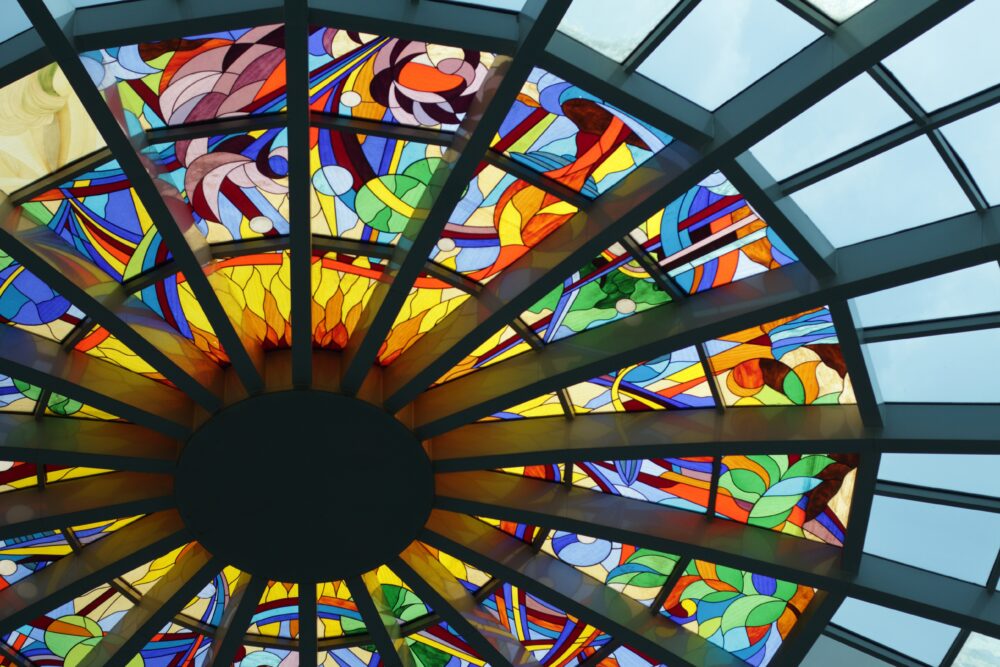
The beautifully coloured windows of heritage buildings and churches that we often admire are made using lead, a heavy metal and known carcinogen.
The small industry of lead lighting professionals who make and service these windows work directly with lead through the shaping, cutting and soldering lead bars, called cames. Lead can be ingested by workers from contaminated surfaces or inhalation of dust or fumes during soldering, causing a significant risk to their health.
The Monash Centre for Occupational and Environmental Health (MonCOEH), in collaboration with ISCRR and WorkSafe Victoria, conducted a rapid evidence review to assess the current risk to health by lead exposure from lead lighting to workers and hobbyists.
Blood Lead Levels (BLLs) are used to measure an individual’s exposure to lead. The current cut-off values for lead risk work (as detailed in the OHS regulations 2017 Part 4.3- Lead) are:
The peer-reviewed literature clearly showed that BLLs in lead lighting workers have potential to be excessive. Information does not exist for the BLLs of hobbyists, but they are unlikely to be exposed to the lead levels of workers.
The current status of implementation of control measures in the industry is unknown, but may be adequate based on the claims from industry informants. A survey of Victorian lead lighting workshops would help to further assess work practices, controls and exposures.